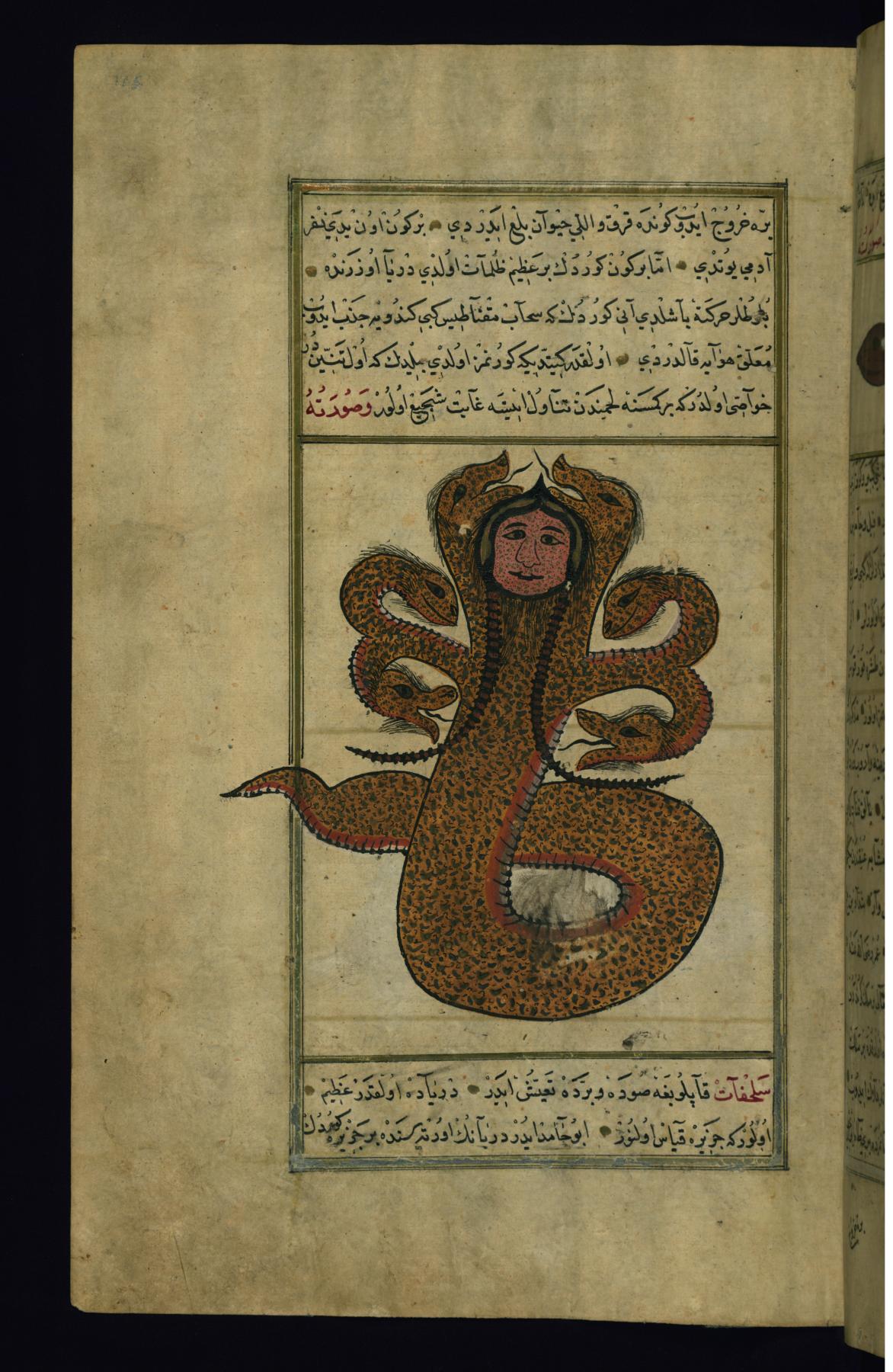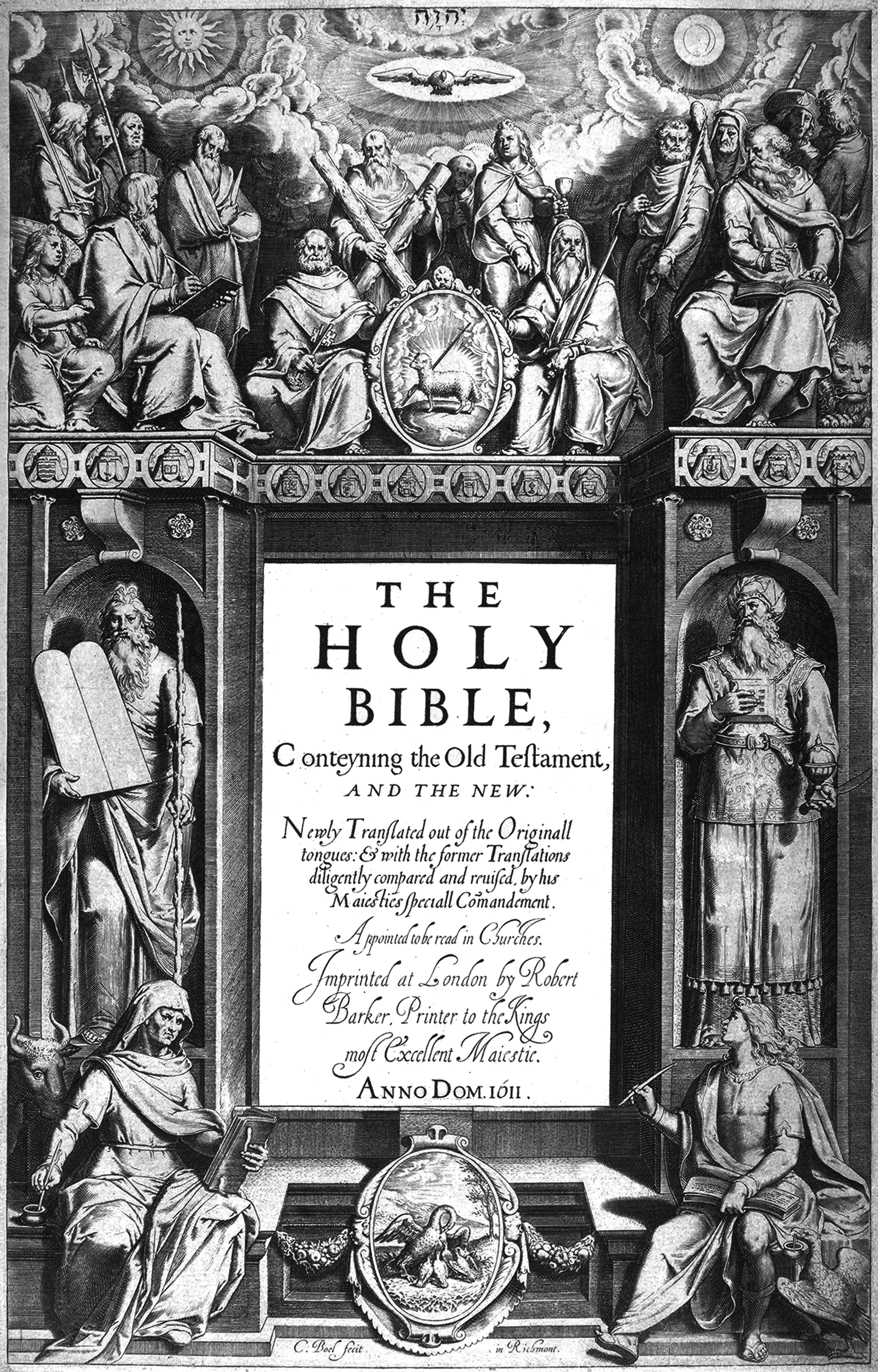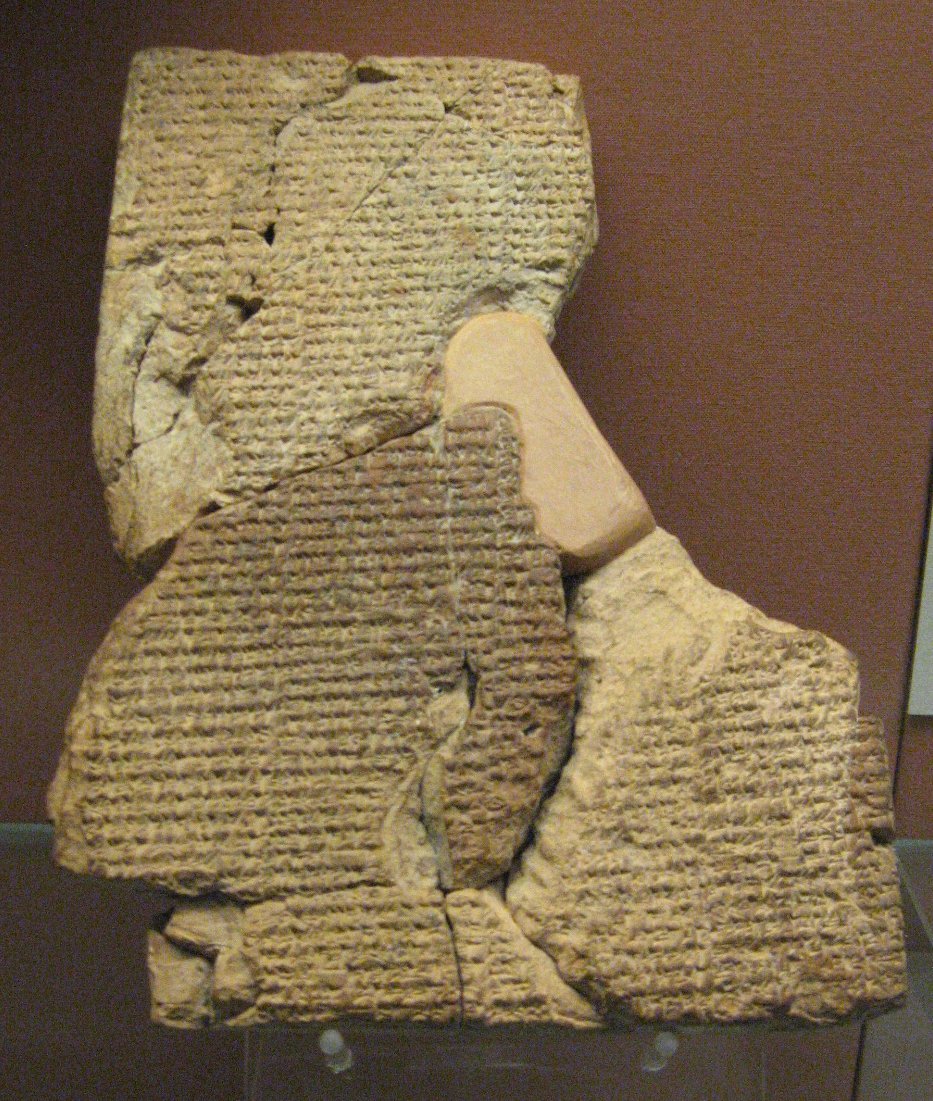|
Tunnanu
Tannin ( he, תַּנִּין ''tannīn''; syr, ܬܢܝܢܐ ''tannīnā'' plural: ''tannīnē''; ar, التنين ', ultimately from Akkadian language, Akkadian 𒆗𒉌𒈾 ''dannina'') or Tunnanu (Ugaritic: 𐎚𐎐𐎐 ''tnn'', likely vocalized ''tunnanu'') was a sea monster in Ancient Canaanite religion, Canaanite and Jewish faith, Hebrew mythology used as a symbol of chaos (cosmogony), chaos and evil. Canaanite mythology Tannin appears in the Baal Cycle as one of the servants of Yam (god), Yam () defeated by Baal, Baʿal () or bound by his sister, Anat. He is usually depicted as snake, serpentine, possibly with a double tail. Hebrew mythology The ''tanninim'' () also appear in the Hebrew Bible's Book of Genesis,. Book of Exodus, Exodus, Book of Deuteronomy, Deuteronomy, Psalms, Book of Job, Job, Book of Ezekiel, Ezekiel, Book of Isaiah, Isaiah, and Book of Jeremiah, Jeremiah. They are explicitly listed among the creatures created by Elohim, God on the Genesis creation narra ... [...More Info...] [...Related Items...] OR: [Wikipedia] [Google] [Baidu] |
Baal
Baal (), or Baal,; phn, , baʿl; hbo, , baʿal, ). ( ''baʿal'') was a title and honorific meaning "owner", " lord" in the Northwest Semitic languages spoken in the Levant during antiquity. From its use among people, it came to be applied to gods. Scholars previously associated the theonym with solar cults and with a variety of unrelated patron deities but inscriptions have shown that the name Ba'al was particularly associated with the storm and fertility god Hadad and his local manifestations. The Hebrew Bible includes use of the term in reference to various Levantine deities, often with application towards Hadad, who was decried as a false god. That use was taken over into Christianity and Islam, sometimes under the form Beelzebub in demonology. Etymology The spelling of the English term "Baal" derives from the Greek ''Báal'' ( which appears in the New Testament and Septuagint, and from its Latinized form ', which appears in the Vulgate. These forms in t ... [...More Info...] [...Related Items...] OR: [Wikipedia] [Google] [Baidu] |
Anat
Anat (, ), Anatu, classically Anath (; uga, 𐎓𐎐𐎚 ''ʿnt''; he, עֲנָת ''ʿĂnāṯ''; ; el, Αναθ, translit=Anath; Egyptian: '' ꜥntjt'') was a goddess associated with warfare and hunting, best known from the Ugaritic texts. Most researchers assume that she originated in the Amorite culture of Bronze Age upper Mesopotamia, and that the goddess Ḫanat, attested in the texts from Mari and worshiped in a city sharing her name located in Suhum, should be considered her forerunner. In Ugarit, Anat was one of the main goddesses, and regularly received offerings, as attested in texts written both in the local Ugaritic language and in Hurrian. She also frequently appears in myths, including the ''Baal Cycle'' and the ''Epic of Aqhat''. In the former, she is portrayed as a staunch ally of the weather god Baal, who assists him in his struggle for kingship, helps him with obtaining the permission to obtain a dwelling of his own, and finally mourns and avenges his ... [...More Info...] [...Related Items...] OR: [Wikipedia] [Google] [Baidu] |
Muhammad Ibn Muhammad Shakir Ruzmah-'i Nathani - A Dragon - Walters W659175A - Full Page
Muhammad ( ar, مُحَمَّد; 570 – 8 June 632 CE) was an Arab religious, social, and political leader and the founder of Islam. According to Islamic doctrine, he was a prophet divinely inspired to preach and confirm the monotheistic teachings of Adam, Abraham, Moses, Jesus, and other prophets. He is believed to be the Seal of the Prophets within Islam. Muhammad united Arabia into a single Muslim polity, with the Quran as well as his teachings and practices forming the basis of Islamic religious belief. Muhammad was born approximately 570CE in Mecca. He was the son of Abdullah ibn Abd al-Muttalib and Amina bint Wahb. His father Abdullah was the son of Quraysh tribal leader Abd al-Muttalib ibn Hashim, and he died a few months before Muhammad's birth. His mother Amina died when he was six, leaving Muhammad an orphan. He was raised under the care of his grandfather, Abd al-Muttalib, and paternal uncle, Abu Talib. In later years, he would periodically seclu ... [...More Info...] [...Related Items...] OR: [Wikipedia] [Google] [Baidu] |
Book Of Job
The Book of Job (; hbo, אִיּוֹב, ʾIyyōḇ), or simply Job, is a book found in the Ketuvim ("Writings") section of the Hebrew Bible (Tanakh), and is the first of the Poetic Books in the Old Testament of the Christian Bible. Scholars are generally agreed that it was written between the 7th and 4th centuries BCE. It addresses theodicy, why God permits evil in the world, through the experiences of the eponymous protagonist. Job is a wealthy and God-fearing man with a comfortable life and a large family; God, having asked Satan ( hbo, הַשָּׂטָן, haśśāṭān, , label=none) for his opinion of Job's piety, decides to take away Job's wealth, family and material comforts, following Satan's accusation that if Job were rendered penniless and without his family, he would turn away from God. Structure The Book of Job consists of a prose prologue and epilogue narrative framing poetic dialogues and monologues. It is common to view the narrative frame as the original cor ... [...More Info...] [...Related Items...] OR: [Wikipedia] [Google] [Baidu] |
Seven-headed Serpent
The Seven-headed Serpent (from Sumerian muš-saĝ-7: snake with seven heads) in Sumerian religion was one of the Heroes slain by Ninurta, patron god of Lagash, in ancient Iraq. Its body was hung on the "shining cross-beam" of Ninurta's chariot (lines 55–63). See also * Anzu, a great bird whose death was sometimes credited to Ninurta * Bashmu, a possibly identical serpent slain by Ninurta *Dragon A dragon is a reptilian legendary creature that appears in the folklore of many cultures worldwide. Beliefs about dragons vary considerably through regions, but dragons in western cultures since the High Middle Ages have often been depicted as ..., a beast slain by Ninurta * Mushmahhu * Nehushtan * Ushumgallu, the great dragon * Lernaean Hydra * The Seven-headed Serpent, a Greek fairy tale of the same name References Legendary serpents Mesopotamian legendary creatures Mythical many-headed creatures 7 (number) {{MEast-myth-stub ... [...More Info...] [...Related Items...] OR: [Wikipedia] [Google] [Baidu] |
Dragon
A dragon is a reptilian legendary creature that appears in the folklore of many cultures worldwide. Beliefs about dragons vary considerably through regions, but dragons in western cultures since the High Middle Ages have often been depicted as winged, horned, and capable of breathing fire. Dragons in eastern cultures are usually depicted as wingless, four-legged, serpentine creatures with above-average intelligence. Commonalities between dragons' traits are often a hybridization of feline, reptilian and avian features. Scholars believe huge extinct or migrating crocodiles bear the closest resemblance, especially when encountered in forested or swampy areas, and are most likely the template of modern Oriental dragon imagery. Etymology The word ''dragon'' entered the English language in the early 13th century from Old French ''dragon'', which in turn comes from la, draconem (nominative ) meaning "huge serpent, dragon", from Ancient Greek , (genitive , ) "serpent, gian ... [...More Info...] [...Related Items...] OR: [Wikipedia] [Google] [Baidu] |
Jewish Eschatology
Jewish eschatology is the area of Jewish theology concerned with events that will happen in the end of days and related concepts. This includes the ingathering of the exiled diaspora, the coming of a Jewish Messiah, afterlife, and the revival of the dead. In Judaism, the end times are usually called the "end of days" (''aḥarit ha-yamim'', אחרית הימים), a phrase that appears several times in the Tanakh. These beliefs have evolved over time, and there is no evidence before 200 BCE of Jewish belief in personal afterlife with reward or punishment. Sources In Judaism, the main textual source for the belief in the end of days and accompanying events is the Tanakh or Hebrew Bible. The roots of Jewish eschatology are to be found in the pre-exile prophets, including Isaiah and Jeremiah, and the exilic prophets Ezekiel and Deutero-Isaiah. The main tenets of Jewish eschatology are the following, in no particular order, elaborated in the Book of Isaiah, the Book of ... [...More Info...] [...Related Items...] OR: [Wikipedia] [Google] [Baidu] |
Yahweh
Yahweh *''Yahwe'', was the national god of ancient Israel and Judah. The origins of his worship reach at least to the early Iron Age, and likely to the Late Bronze Age The Bronze Age is a historic period, lasting approximately from 3300 BC to 1200 BC, characterized by the use of bronze, the presence of writing in some areas, and other early features of urban civilization. The Bronze Age is the second pri ... if not somewhat earlier, and in the oldest biblical literature he possesses attributes typically ascribed to Weather god, weather and List of war deities, war deities, fructifying the land and leading the Heavenly host#In the Tanakh (Hebrew Bible), heavenly army against Israel's enemies. The early Israelites were polytheistic and worshipped Yahweh alongside a variety of Ancient Canaanite religion, Canaanite gods and goddesses, including El (deity), El, Asherah and Baal. In later centuries, El and Yahweh became conflated and El-linked epithets such as El Shadda ... [...More Info...] [...Related Items...] OR: [Wikipedia] [Google] [Baidu] |
Whale
Whales are a widely distributed and diverse group of fully aquatic placental marine mammals. As an informal and colloquial grouping, they correspond to large members of the infraorder Cetacea, i.e. all cetaceans apart from dolphins and porpoises. Dolphins and porpoises may be considered whales from a formal, cladistic perspective. Whales, dolphins and porpoises belong to the order Cetartiodactyla, which consists of even-toed ungulates. Their closest non-cetacean living relatives are the hippopotamuses, from which they and other cetaceans diverged about 54 million years ago. The two parvorders of whales, baleen whales (Mysticeti) and toothed whales (Odontoceti), are thought to have had their last common ancestor around 34 million years ago. Mysticetes include four extant (living) families: Balaenopteridae (the rorquals), Balaenidae (right whales), Cetotheriidae (the pygmy right whale), and Eschrichtiidae (the grey whale). Odontocetes include the Monodontidae (be ... [...More Info...] [...Related Items...] OR: [Wikipedia] [Google] [Baidu] |
King James Version
The King James Version (KJV), also the King James Bible (KJB) and the Authorized Version, is an English translation of the Christian Bible for the Church of England, which was commissioned in 1604 and published in 1611, by sponsorship of King James VI and I. The 80 books of the King James Version include 39 books of the Old Testament, an intertestamental section containing 14 books of what Protestants consider the Apocrypha, and the 27 books of the New Testament. Noted for its "majesty of style", the King James Version has been described as one of the most important books in English culture and a driving force in the shaping of the English-speaking world. The KJV was first printed by John Norton and Robert Barker, who both held the post of the King's Printer, and was the third translation into English language approved by the English Church authorities: The first had been the Great Bible, commissioned in the reign of King Henry VIII (1535), and the second had been th ... [...More Info...] [...Related Items...] OR: [Wikipedia] [Google] [Baidu] |
Bible Translations
The Bible has been translated into many languages from the biblical languages of Hebrew, Aramaic, and Greek. all of the Bible has been translated into 724 languages, the New Testament has been translated into an additional 1,617 languages, and smaller portions of the Bible have been translated into 1,248 other languages according to Wycliffe Global Alliance. Thus, at least some portions of the Bible have been translated into 3,589 languages. Early translators rendered biblical texts into Syriac, Latin, Geez, Gothic and Slavonic languages, among others. Jerome's 4th-century Latin Vulgate version was dominant in Western Christianity during the Middle Ages. Since then, the Bible has been translated into many more languages. English Bible translations have a rich and varied history of more than a millennium. (See List of English Bible translations.) Textual variants in the New Testament include errors, omissions, additions, changes, and alternate translations. In some c ... [...More Info...] [...Related Items...] OR: [Wikipedia] [Google] [Baidu] |
Genesis Creation Narrative
The Genesis creation narrative is the creation myth of both Judaism and Christianity. The narrative is made up of two stories, roughly equivalent to the first two chapters of the Book of Genesis. In the first, Elohim (the Hebrew generic word for God) creates the heavens and the Earth in six days, then rests on, blesses, and sanctifies the seventh (i.e. the Biblical Sabbath). In the second story God (now referred to by the personal name Yahweh) creates Adam, the first man, from dust and places him in the Garden of Eden. There he is given dominion over the animals. Eve, the first woman, is created from Adam’s rib as his companion. The Hebrew creation narrative borrowed themes from Mesopotamian mythology, but adapted them to their unique monotheism, belief in one God. The first major comprehensive draft of the Pentateuch (the series of five books which begins with Genesis and ends with Deuteronomy) is thought to have been composed in the late 7th or the 6th century BCE (the Jahw ... [...More Info...] [...Related Items...] OR: [Wikipedia] [Google] [Baidu] |









